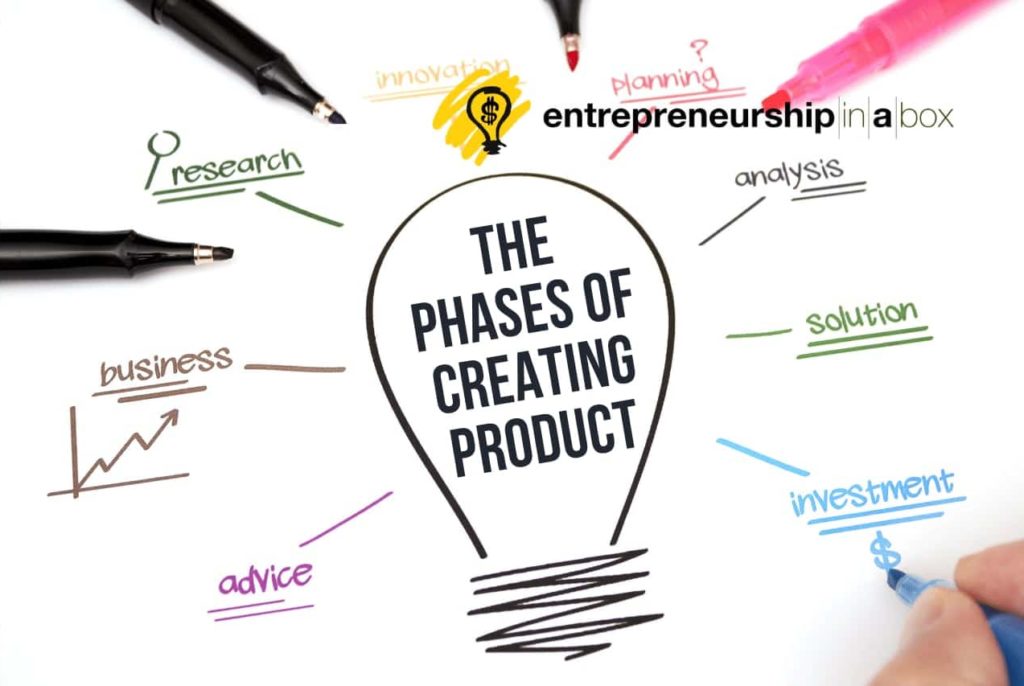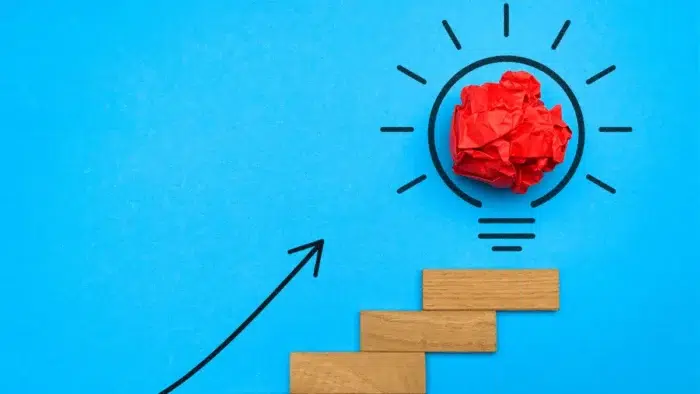The product creation phase is a very important stage to take into account if we want to launch our idea to the market.
When we have an idea in our head for a product that is likely to be successful, we have to take into account a few factors before jumping into the void.
For a product to be successful, certain steps must be taken, as doing a preliminary study in the market, and making a marketing strategy, for example.
Another of those steps to follow, as already mentioned, and that we must take into account when launching a product on the market, are the product creation phases.
The phases of creating a product are nothing more than the introduction of the new product on the market.
To do this, we are going to explain to you below, what phases are the ones that we must take into account so that our product is successful in the market.
Phases for creating a product
If we want our idea to gain strength and make sense, it is essential to follow the following steps:
1. Development of ideas
If we want to create a product to market it, it’s essential that the search for ideas be the starting point in the development of any product.
It’s important to listen to the customer and see what the competition is doing, consulting opinions of suppliers, distributors, and marketing professionals, consulting publications, etc.
Ideas can’t be abstract, they must evolve to determine not only the product but also the target audience.
They must be good ideas, viable and marketable within a certain period of time. For this, it’s important to analyze if it compensates if the product is profitable or not or if it is too innovative so that they can be assumed by the market.
2. Development of the product concept
Once the idea has been chosen, we proceed to the development of the chosen idea. To do this, it’s convenient to analyze and investigate carefully and even carry out SWOT analysis.
What does the acronym SWOT stand for? Strengths, Weaknesses, Opportunities, and Threats. To take a product forward, it’s essential to do the SWOT analysis regarding our product.
But not only that, but it is also good to stop to analyze the financial issue and how the launch of the product can affect your economy or that of the company.
3. Analysis, viability and marketing strategy
This phase focuses on the analysis of the marketing possibilities of the product.
To do this, the following must be taken into account: market positioning, price, sales projections and targets, distribution channels, marketing, and production costs.
In other words, profit projections. If the product concept clearly exceeds this analysis, you can continue to the next phase.
4. Product development and marketing
When we reach this stage, our product ceases to be fictional and becomes a reality. This means that it will be time to decide how that product is going to be presented in the market.
How it will be produced, its design, promotional campaigns, and the launch of the product to reach the consumer.
This is usually the longest and most costly stage, as it is advisable to test or prototype products to see how your target audience responds before launching into large-scale commercialization.
Hence the importance of only reaching this stage for products that really have a good chance of being successful.
When we already have the final product, we can choose to launch the product and market it.
But for everything to go well, it’s time to specify the last brushstrokes such as, for example, the market in which it will be carried out, the way it has to reach the final consumer, the units that will be produced, etc.
And so that all this does not fail, it is best to develop a Product Marketing Plan in which the cohesive strategy is shown with decisions aimed at meeting the defined objectives.
In conclusion
As you can see, it is not so easy to just launch a product. There are many factors to consider. Many analyzes to be carried out and know if the product really corresponds to customers’ needs.
You must find the target audience and analyze if they may be interested in your product. Of course, nobody knows if the chosen product will be a success or the opposite, it will be a failure.
But to minimize the chances of failure, if you take into account everything that we have just explained, it’s very likely that your product has a successful track record and customers have the need to buy it.
What are you waiting for? Prepare your marketing plan and launch yourself to fulfill your dream!





